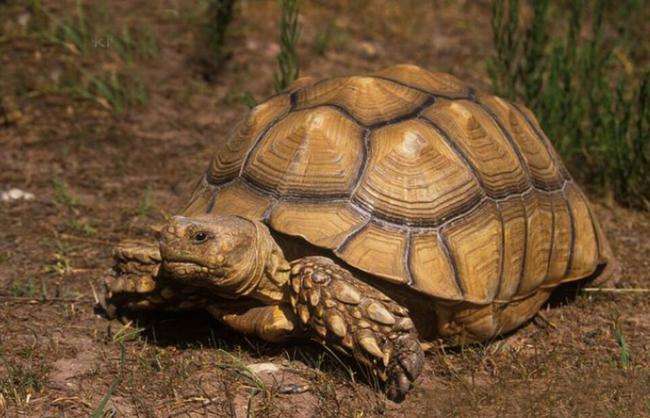
Centrochelys sulcata
Sulcata tortoise, Sulcata tortoise, African spurred tortoise, spurred tortoise, hairy-clawed tortoise
The Sulcata tortoise is a tortoise reptile that lives on land. It originally···
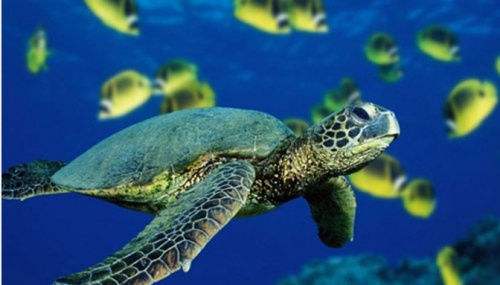
Chelonia mydas
green sea turtle,Green turtle, blue turtle, stone turtle, tsio̍h-ku,ku-piah,ku-phi̍ah
Turtles are one of the oldest animals on Earth. These creatures have existed···
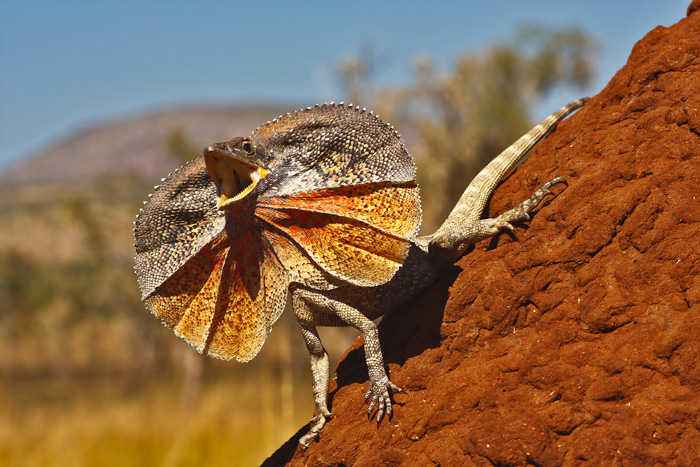
Chlamydosaurus kingii
Frilled lizard, cloaked lizard, frilled lizard, Australian cloaked lizard, pleated lizard, wrinkled lizard
伞蜥来自新几内亚南部和澳大利亚北部沿海地区,是一种知名度极高的中大型蜥蜴,在···
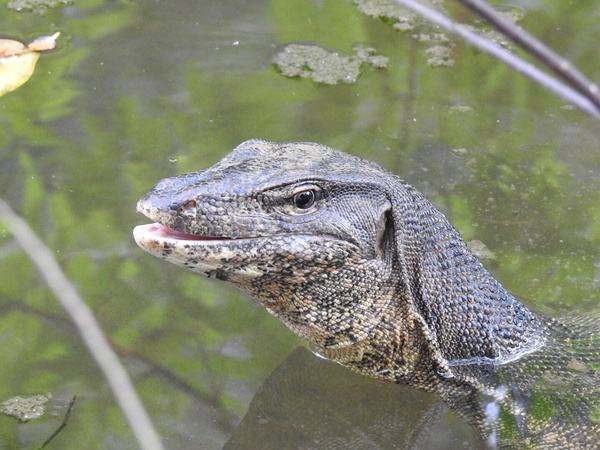
Varanus salvator
Water monitor, marsh monitor, five-clawed golden dragon, four-legged snake, round-nosed monitor
Speaking of the nickname of the water monitor lizard, everyone is familiar w···
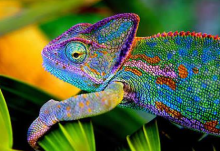
Chamaeleo calyptratus
Veiled chameleon
The veiled chameleon is native to Central Asia, such as Saudi Arabia and Yem···
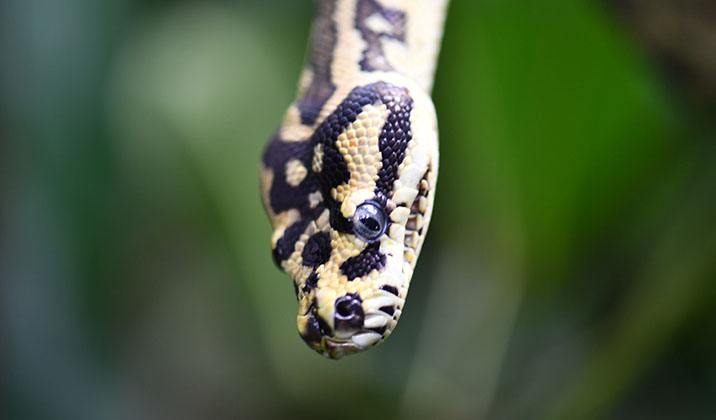
Morelia bredli
carpet python, felt python, central python
All pythons are non-venomous, and carpet pythons are no exception.Carpet pyt···
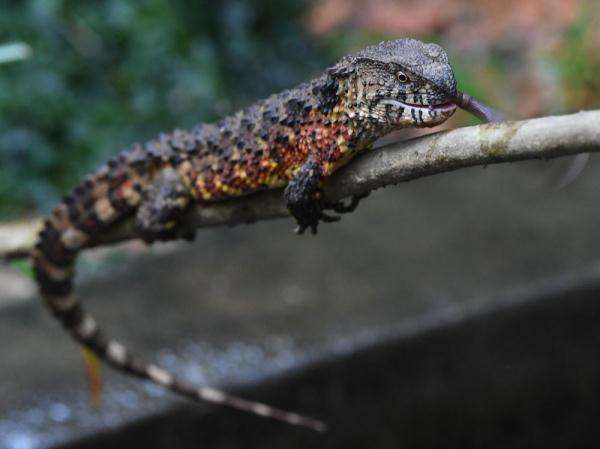
Shinisaurus crocodilurus
Crocodile lizard, water gecko, Yaoshan crocodile lizard, big sleeping snake, wood sleeping fish, drowned dog
Between 1928 and 1929, the biology department of Sun Yat-sen University went···
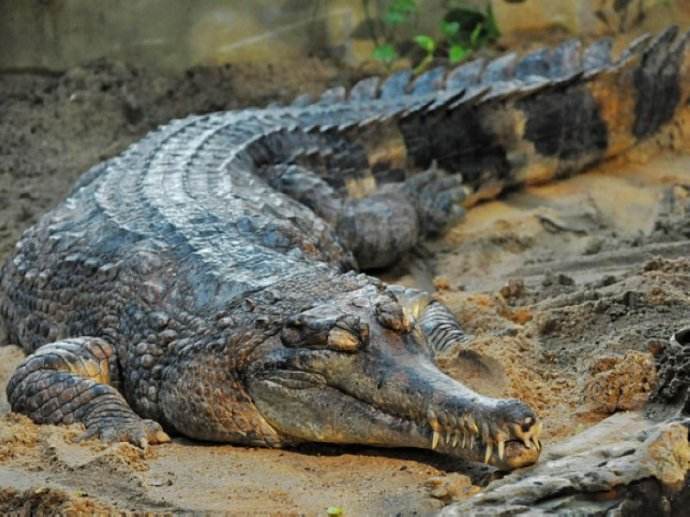
Tomistoma schlegelii
Malayan alligator, Malayan crocodile
The Malayan crocodile looks very similar to the Ganges crocodile (Gavialis g···
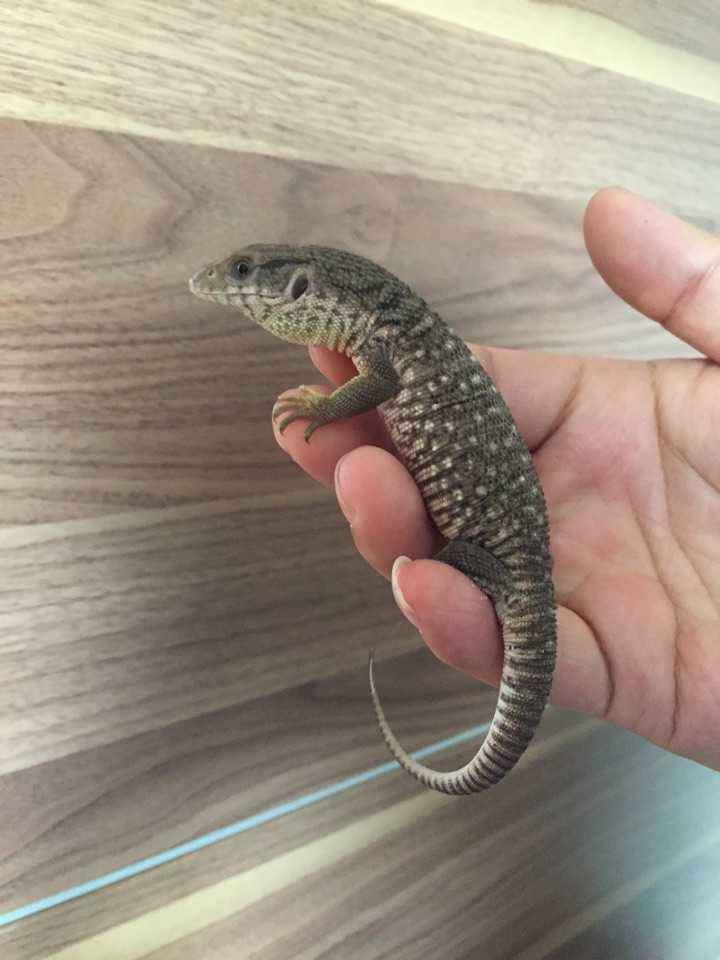
Varanus exanthematicus
Grassland monitor lizard, plains monitor lizard
The plain monitor lizard is docile and not too big; it rarely has problems w···
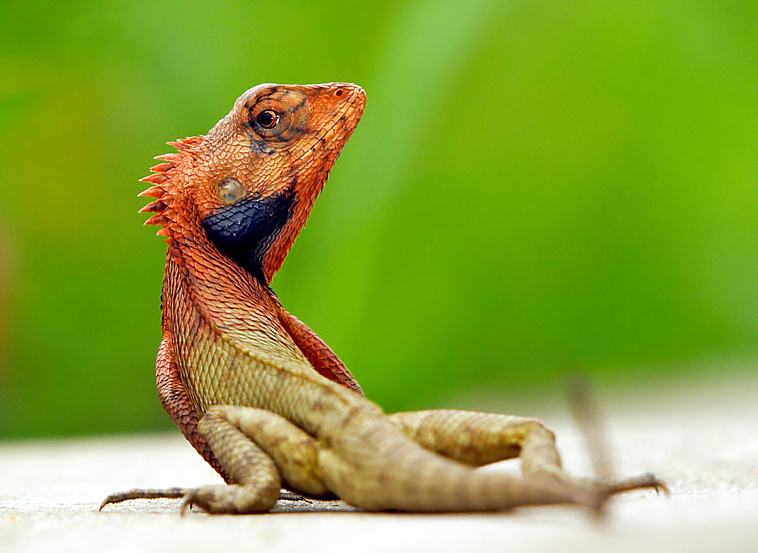
Calotes versicolor
Chameleon, horsehair snake, cockscomb snake, four-legged snake
Ancient folklore says that if you are bitten by a crested snake, you will de···
